Nowadays, there are so many types of chocolate out there. We are literally spoilt for choice.
Plain chocolate has less sugar than other types, but it also contains a high proportion of cocoa solids. These are composed of pure chocolate and cocoa butter – a hard, white fat. The higher the content, the smoother and higher quality of the chocolate as well.
The most popular chocolate of all is milk chocolate. Most children adore it. Sweeter than plain chocolate, it has extra sugar, full cream milk, and vanilla added to it.
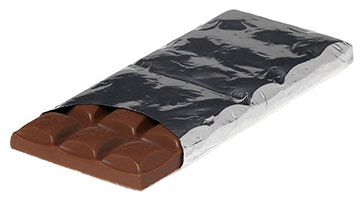
Then, there is white chocolate. It contains cocoa butter, milk, sugar, and vanilla. Due to the added milk, both white chocolate and milk chocolate need to be melted with care over a gentle heat. Otherwise they will thicken, and although edible, will not re-melt.
Chocolate drops (or nibs, as they are sometimes called) are easy to melt. They can be used as decoration on cakes, or as an ingredient in chocolate brownies.
Some firms sell chocolate for use in chocolate fountains. These make an eye-catching view for a special occasion, with the melted chocolate continually flowing like a colored waterfall – ready for the guests to dip marshmallows, strawberries, and other snacks.
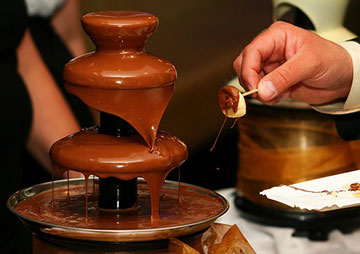
Apart from bars of chocolate, there are also chocolate flakes. They contain both cocoa butter and vegetable oil. The butter adds flavor, and the oil helps give the flake its crumbly consistency.
Vermicelli is yet another type of chocolate. These tiny strands are used for coating truffles and cakes. Occasionally, the name can be mistaken for Italian vermicelli,which refers to pasta.
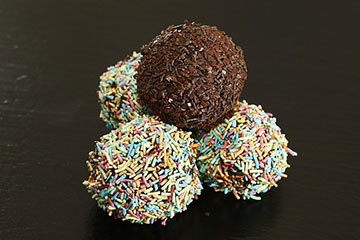
Another type of coating that’s popular among confectioners is Ganache. This mixture of cream and chocolate is incredibly versatile. Melted and flooded over cakes, it is both delicious and a wonderful sight to behold. The higher the quality of the chocolate, the greater the sheen on the coating.
History of Chocolate
The word chocolate is said to be derived from the Mayan word xocoatl. In fact, the Mayans who occupied the Yucatan Peninsula in Mexico at the beginning of the 3rd century were the first people to unlock the secrets of cacao seeds to make chocolate paste. This rich culture also crafted a recipe for an iconic beverage, known today as Mayan Hot Chocolate: a mix of intense, bitter dark chocolate with spicy notes of cinnamon and chili. This delicious drink was so revered by the Mayans that it was used in religious ceremonies as an offering to the gods. Chocolate has been a favorite of many cultures for thousands of years. Ancient people brewing the seeds of the cacao tree into a yummy beverage was the beginning of the wide assortment of chocolates that we enjoy today.
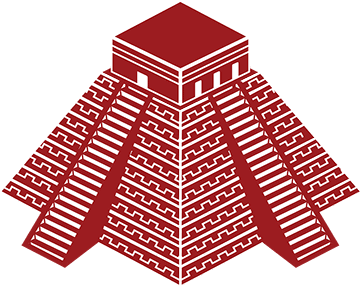
Once chocolate was discovered by European conquerors, it became a treat only the wealthiest could afford. Not only was chocolate expensive, but it was bitter too. Sugar and spices that used to sweeten it also became expensive and out of the common man’s reach. It wasn’t until the 1800’s that the industrial age and mass production made chocolate affordable and accessible to everyone.
Chocolate candy became a big hit in stores in the form of the candy bar. It took its place proudly on the general store shelf next to the gum drop, hard candy, and candy cane bins of the day. From that meager beginning, the varieties available today are incredible. Chocolate candy is available in many different flavors, shapes, and with limitless ingredients. Some ingredients, such as nuts and fruits, are complimentary to the flavor and texture of the chocolate and left whole or diced inside the candy bar. Spices and other flavorings are also added to enhance the chocolate or add interesting tones to the flavor.
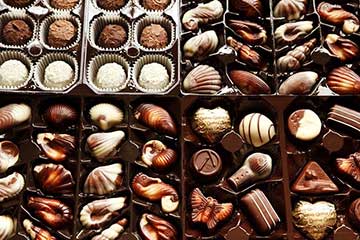
The Chocolate Making Process
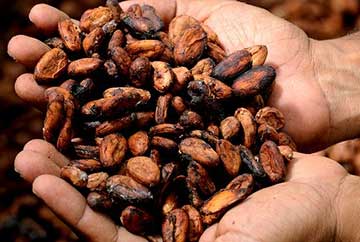
Roasting
It takes a good amount of roasting, as well as cocoa seed fermentation, to come up with the quality of chocolate that everyone will enjoy. In the pre-roasting stage, the beans are directed to infrared beaming heaters. This process will take away the nibs of the beans from the shells. During this stage, the temperature can range from 100 up to 140 degrees Celsius. It can also take 20 to 40 minutes to finish.
Roasting can also be done directly. After the beans are roasted at 150 to 160 degrees Celsius, the shells can be easily removed. This is favored by most chocolate makers because it retains the flavor of the beans.
Fermentation
The purpose of fermentation is to reduce the level of sugar, glucose, fructose, and amino acids in the beans. This process allows the flavor to come out. However, it takes a master to hone the technique. The beans can become worthless if handled by unskilled workers.
Shelling
Removing the shell from the bean is a multi-step process. It involves milling, sifting, and lastly, winnowing. Every step is important in order to produce the right size of grains.
Tasting
Tasting sounds easy, but it involves skill and expertise. Like wine, the chocolate taster must have studied every taste of the different kinds and variations of chocolate. He/She has to identify which one to bring into the market, or which one to leave out.
Health Benefits of Chocolate
You’ll enjoy many benefits by eating small amounts of the right chocolate. Chocolate contains high levels of potassium and magnesium, as well as vitamins B1, B2, D, and E. If that’s not reason enough to reach for a daily dose of chocolate, consider that it can also lower blood pressure and prevent arteries from hardening, therefore protecting the heart.

But I Thought Chocolate Is Not Healthy
For the most part, chocolate has been wrongly accused. New studies are finding that common beliefs about the effects of chocolate are not true after all. While we used to associate chocolate with acne, researchers have now dismissed a possible link between the two. While some people avoided chocolate because of the caffeine level associated with it, we now know that a small serving only contains as much caffeine as a cup of decaffeinated coffee. Does chocolate really cause migraines? Well, only if consumed in large amounts. Like in most things in life, moderation plays a big role here.
What Kind of Chocolate Is Healthy?
True cocoa is the best chocolate to eat for health reasons. Not only will it satisfy your sweet tooth, but it will also provide health gains beyond what many of us dreamed possible. The recommendation is to eat two small squares of chocolate per day. We’re not talking about a typical candy bar though. It’s dark chocolate that contains higher levels of cocoa and lower level of milk and sugar.
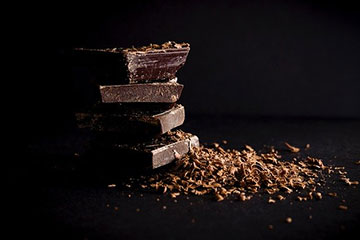
Choosing Wisely
The best varieties of chocolate are more expensive, dark, or bittersweet. Good chocolate should only have a few ingredients on the contents label. Alternatively, you can buy organic chocolate, or make your own homemade chocolate with a cocoa base.
There are also some easy ways to get in your daily dose of healthy chocolate. Try a steamy cup of hot cocoa, fruit dipped in dark chocolate, chocolate covered almonds, or eat the squares of chocolate by themselves.
Chocolate in Moderation
Hearing that chocolate has health aspects does not mean we can load up our grocery carts with chocolate bars though. It is important to adhere to the daily recommended dose since chocolate is high in calories. Balance your caloric intake with a variety of other healthy foods, and reach for the dark chocolate as a cure for your sweet tooth sparingly.
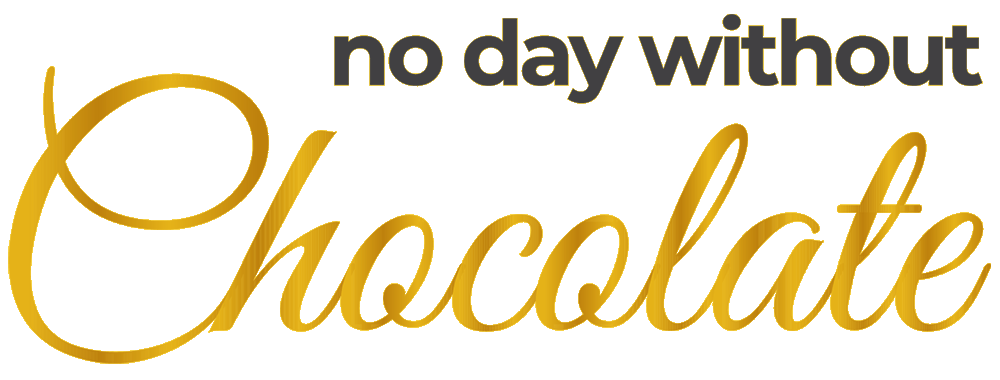




POST REPLY